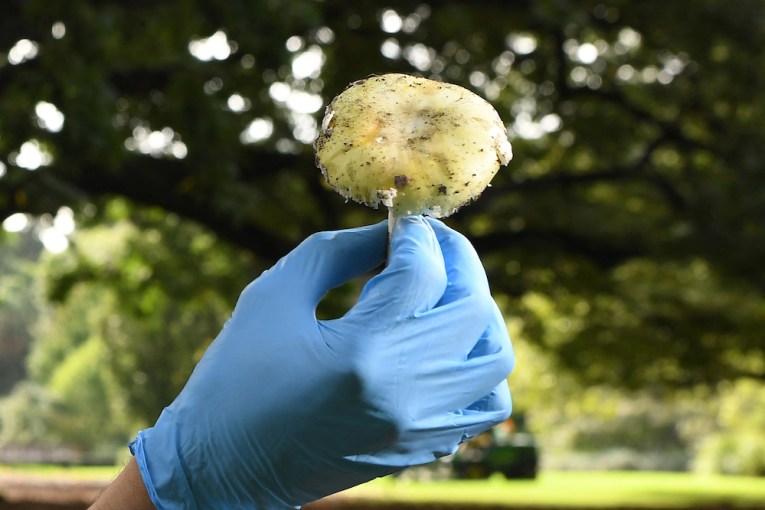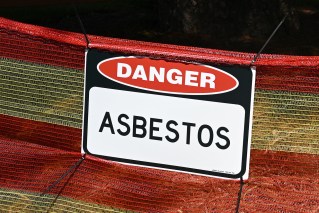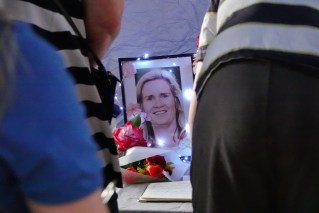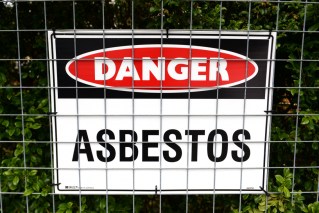‘Thunderstorm asthma’ wreaks havoc with emergency services
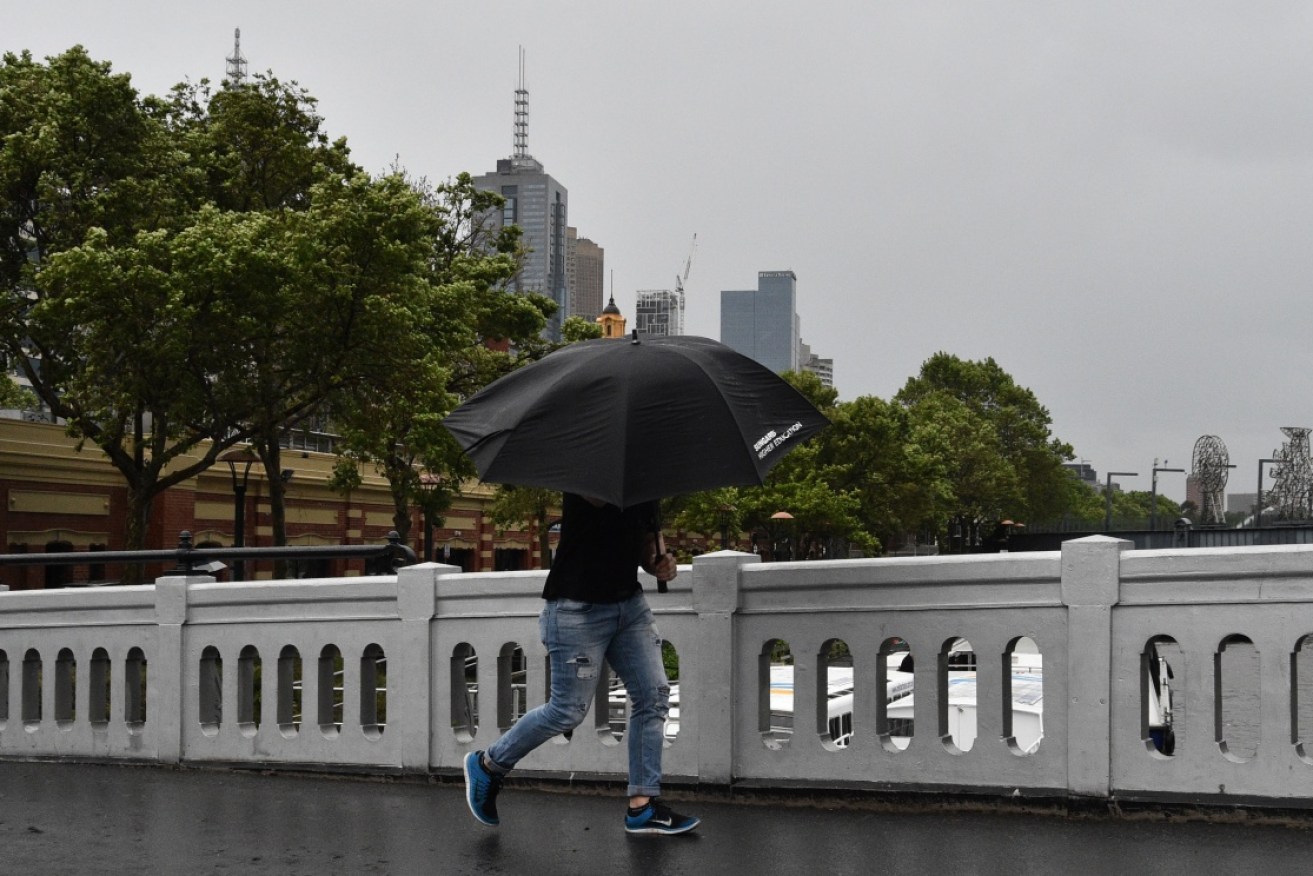
More Victorians suffered breathing problems after Sunday's thunderstorms. Photo: AAP
Melbourne’s emergency services and hospitals were pushed to their limits on Monday evening as two people died and hundreds more suffered acute reactions to a rare phenomenon known as “thunderstorm asthma”.
The Melbourne metropolitan area ran out of ambulances, while emergency wards around the city received unprecedented numbers of patients presenting with the same symptoms all at once.
Thunderstorm asthma is caused by stormy and humid weather naturally multiplying allergic pollen in the air.
Ambulance Victoria emergency operations general manager Mick Stephenson told reporters that two people in Melbourne’s west died during the “extraordinary” increase in demand on Monday night.
“We essentially had a day’s workload within five hours,” Mr Stephenson said.
“In the 15 minutes from 7:00pm when we would expect about 30 triple-zero calls for ambulances, there were 200 calls. That’s a call every 4.5 seconds.
“This was an extraordinary and unpredictable increase in demand in a very short period of time.”
Mr Stephenson said 60 ambulance crews were called back to work during the event and 1860 calls for ambulances were made between 6pm and 11pm on Monday night. At least 600 were for respiratory symptoms.
St Vincent’s Hospital in Melbourne’s inner-north usually treats 120 emergency patients every 24 hours, spokesperson Kathy Bowlen told The New Daily.

Ambulance Victoria’s Mick Stephenson on Tuesday morning confirmed the deaths.
On Monday it took 216, with more than 100 presenting with the symptoms of thunderstorm asthma between 9pm Monday and 3am Tuesday morning.
“Most of the staff haven’t seen anything like it before,” Ms Bowlen said. “One of the doctors described it as one of the more extraordinary nights in emergency.
“We opened the second emergency area in the day procedures area as a second emergency department.”
The Metropolitan Fire Brigade and Victoria Police were called in to assist Ambulance Victoria with the response. Private hospitals – like Cabrini Hospital – opened their emergency departments to the public.
‘Thunderstorm asthma’ explained
Asthma Victoria’s Robin Auld told The New Daily the event was a “rare phenomenon” caused by “a combination of different factors”.
“Monday was an extreme pollen day and out of 250 pollen samples taken, over 100 of those were for rye grass pollen. That is an extreme day,” Mr Auld said.
“When you have thunderstorms, rain, humidity and moisture, pollen grains in the air – particularly rye grass pollen, of which there is a lot of around Melbourne – get filled with moisture and burst, fragmenting the pollen into more, smaller pieces.
“Wind then widely distributes this pollen and people who are allergic to rye grass will potentially be at risk because the smaller particles bypass the usual respiratory defences and get into dangerous spots in the lungs.”
Mr Auld said he knew of thunderstorm asthma events occurring in Melbourne (November 2010 and in 1987) and Wagga Wagga (1997). He said it was mostly a south-east Australian phenomenon.
“People who have a trigger which is rye grass need to talk to their GP and use preventer medication appropriately, and if they can see thunderstorms make sure you have blue reliever medication and stay indoors with windows and doors closed.”
